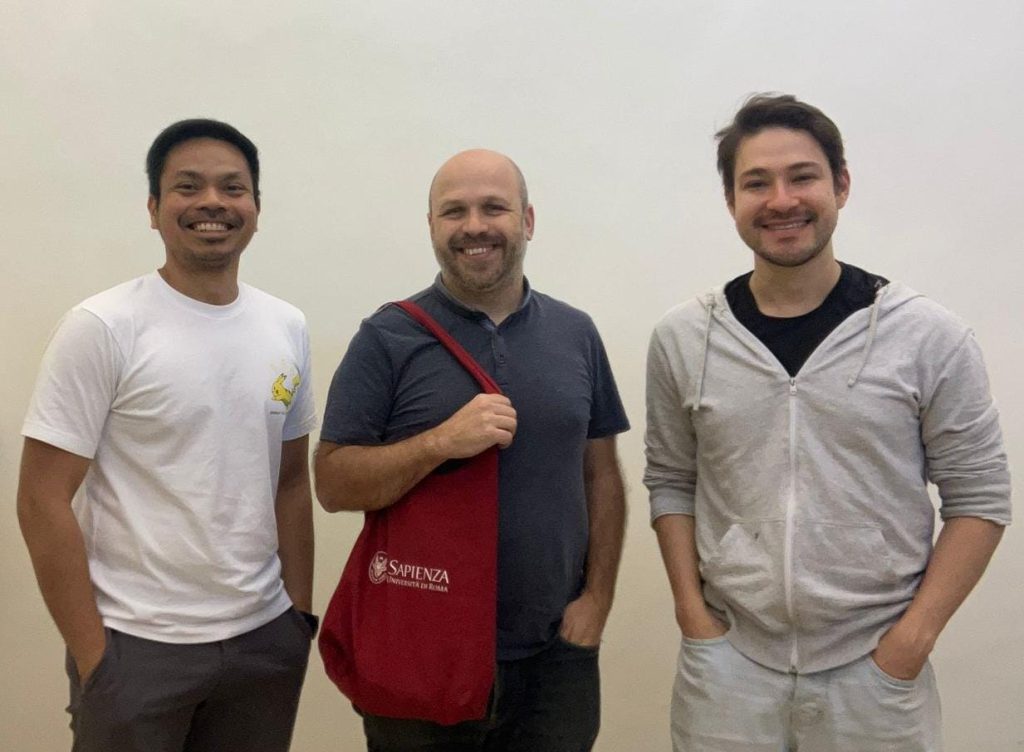
Sapienza University is one of seven core partners in PRIMA-SAFE — “Sustainable water-reuse practices improving safety in agriculture, food & environment.”
Under the direction of Assoc. Prof. Antonio Zuorro, Sapienza leads Work-Package 3: Modelling, optimisation and evaluation of economic impact, building the decision-support backbone that will tell growers, plant designers and policy-makers when and how reclaimed water becomes both safe and cost-effective.
What Sapienza brings to SAFE
- Advanced process-modelling tools (originating from the H2020 ExCornSeed project) are being redeployed to simulate unit operations such as anaerobic bioreactors, biochar polishing beds and UV disinfection, and to predict removal efficiencies for nutrients, pharmaceuticals and heavy metals.
- Techno-economic and life-cycle metrics (CAPEX/OPEX, net energy ratio, avoided CO₂-eq.) are calculated for each treatment train, providing a robust cost–benefit picture that complements the agronomic tests performed by UNIBAS and CNR-IRSA.
- Quantitative microbial-risk assessment (QMRA) protocols developed at Sapienza are used to verify that reclaimed water meets EU Regulation 2020/741 for E. coli, helminth eggs and enteric viruses before field application.
Meet the Sapienza team
Antonio Zuorro – Associate Professor, scientific supervisor for Sapienza & WP-3 leader. Chemical-engineering background with 20+ years’ expertise in valorising agro-industrial residues and designing circular-economy processes. Leads the integration of optimisation algorithms and sustainability indicators in SAFE.
Roberto Lavecchia – Associate Professor, specialist in advanced oxidation processes, enzyme-assisted extractions and microalgae biorefineries. In SAFE he supports kinetic modelling of contaminant degradation and validation of bio-based adsorbents.
Loveille Jun Gonzaga – PhD candidate (cycle XXXIX) investigating extraction and characterisation of bioactive compounds from biomass; now exploring biochar and food-waste–derived sorbents for micropollutant removal.
Michael Edgardo Pérez Roa – PhD candidate (cycle XXXVIII) working on innovative routes to valorise cellulose from agro-food waste; in SAFE he studies cellulose-based media to polish secondary effluents.
Recent milestones
- Parameterised models for tomato, oregano and lettuce trials now predict nutrient uptake and residual contaminant loads under different irrigation regimes.
- Cost-versus-risk dashboards combine removal efficiencies, pathogen log-reductions and euros per cubic metre, enabling partners to rank treatment scenarios in seconds.
- Material screening: lab-scale tests on olive-pomace biochar and coffee-silverskin cellulose showed Cd²⁺ and trimethoprim removal capacities up to 120 mg g-¹ and 40 mg g-¹ respectively—data already feeding the SAFE optimisation engine.

